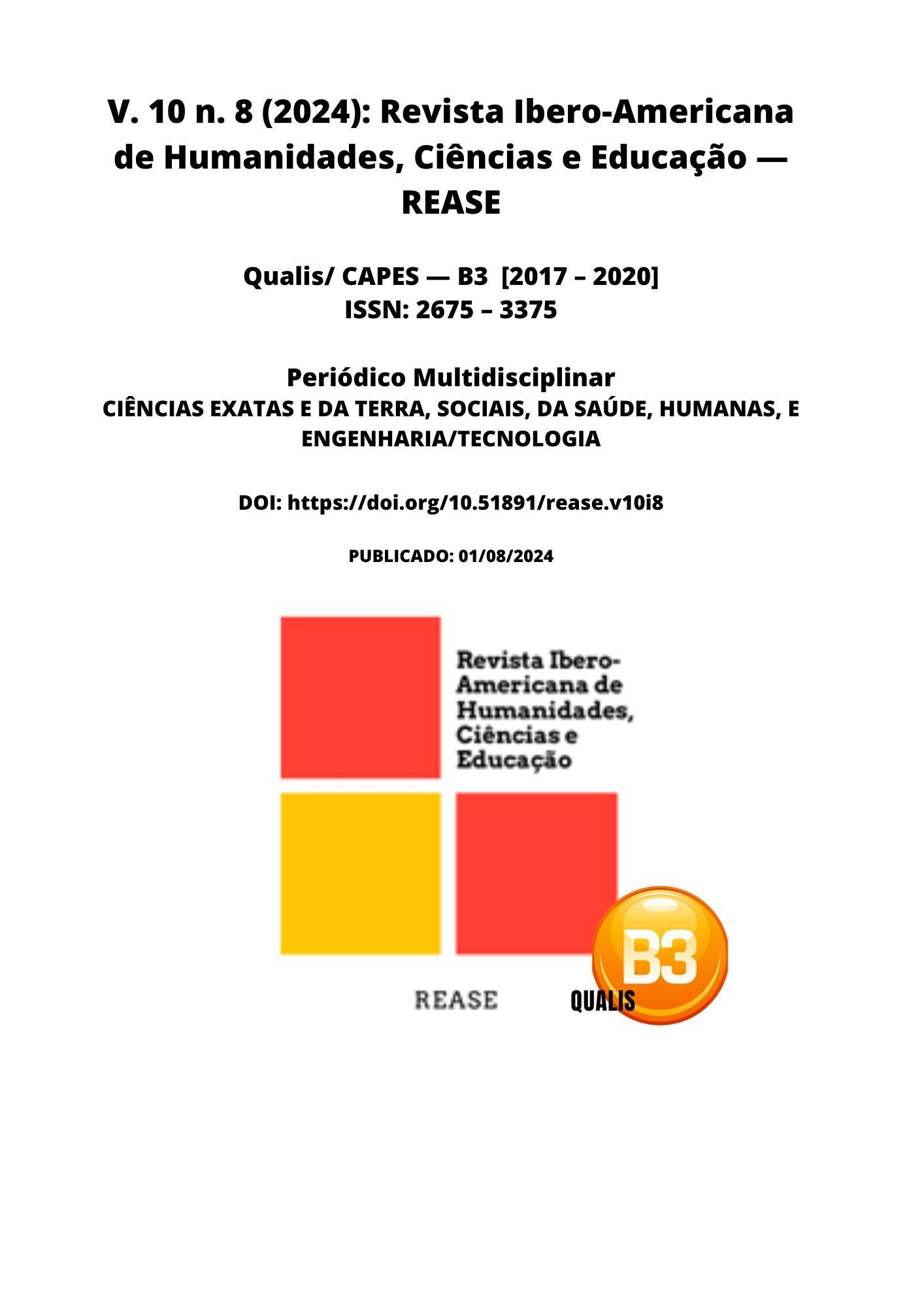MINIMALLY INVASIVE TECHNIQUES FOR ORBITAL FRACTURE REPAIR
DOI:
https://doi.org/10.51891/rease.v10i8.15301Keywords:
Techniques. Orbital fracture. Orbital fracture repair. Minimally Invasive.Abstract
Introduction The topic of minimally invasive techniques for the repair of orbital fractures is of increasing interest in the field of ophthalmological and maxillofacial surgery. These techniques represent a significant evolution in relation to traditional methods, offering considerable advantages in terms of less surgical trauma and faster recovery. Minimizing tissue trauma and reducing postoperative complications are central aspects that have driven the adoption of these techniques. in clinical practice.Objective The systematic literature review aimed to analyze and synthesize the available data on the efficacy and safety of minimally invasive techniques for the repair of orbital fractures, evaluating their comparative advantages in relation to traditional methods. The objective was to provide a comprehensive view of the advances, benefits and challenges associated with these techniques, based on the most recent scientific evidence. Methodology For the systematic review, the PRISMA checklist was used, covering research in databases such as PubMed, Scielo and Web of Science. The descriptors used were "minimally invasive techniques", "orbital fracture repair", "endoscopic surgery", "internal fixation" and "postoperative recovery". Articles published in the last 10 years that addressed the use of minimally invasive techniques for the treatment of orbital fractures were included. The inclusion criteria were: clinical and experimental studies that demonstrated results of effectiveness of the techniques, peer-reviewed publications and reports that included data on postoperative recovery. Exclusion criteria included: studies that did not provide quantitative data, research carried out outside the established temporal scope and articles that did not specifically address orbital fractures. Results The results indicated that minimally invasive techniques, such as endoscopy and internal fixation with plates and screws , provided a significant reduction in surgical trauma and the occurrence of complications, such as infections and aesthetic deformities. Studies have highlighted faster recovery and less need for post-operative pain management. Precision in visualization and alignment of bone fragments contributed to superior functional and aesthetic results. Conclusion The systematic review showed that minimally invasive techniques for repairing orbital fractures offer substantial benefits compared to traditional methods. With less surgical trauma, lower risk of complications and more efficient recovery, these techniques represent a significant advance in orbital surgery. The effectiveness of minimally invasive approaches and the reduction in associated complications are aspects that corroborate the increasing adoption of these techniques in clinical practice, reflecting a positive trend in the treatment of orbital fractures.
Downloads
Downloads
Published
How to Cite
Issue
Section
Categories
License
Atribuição CC BY

